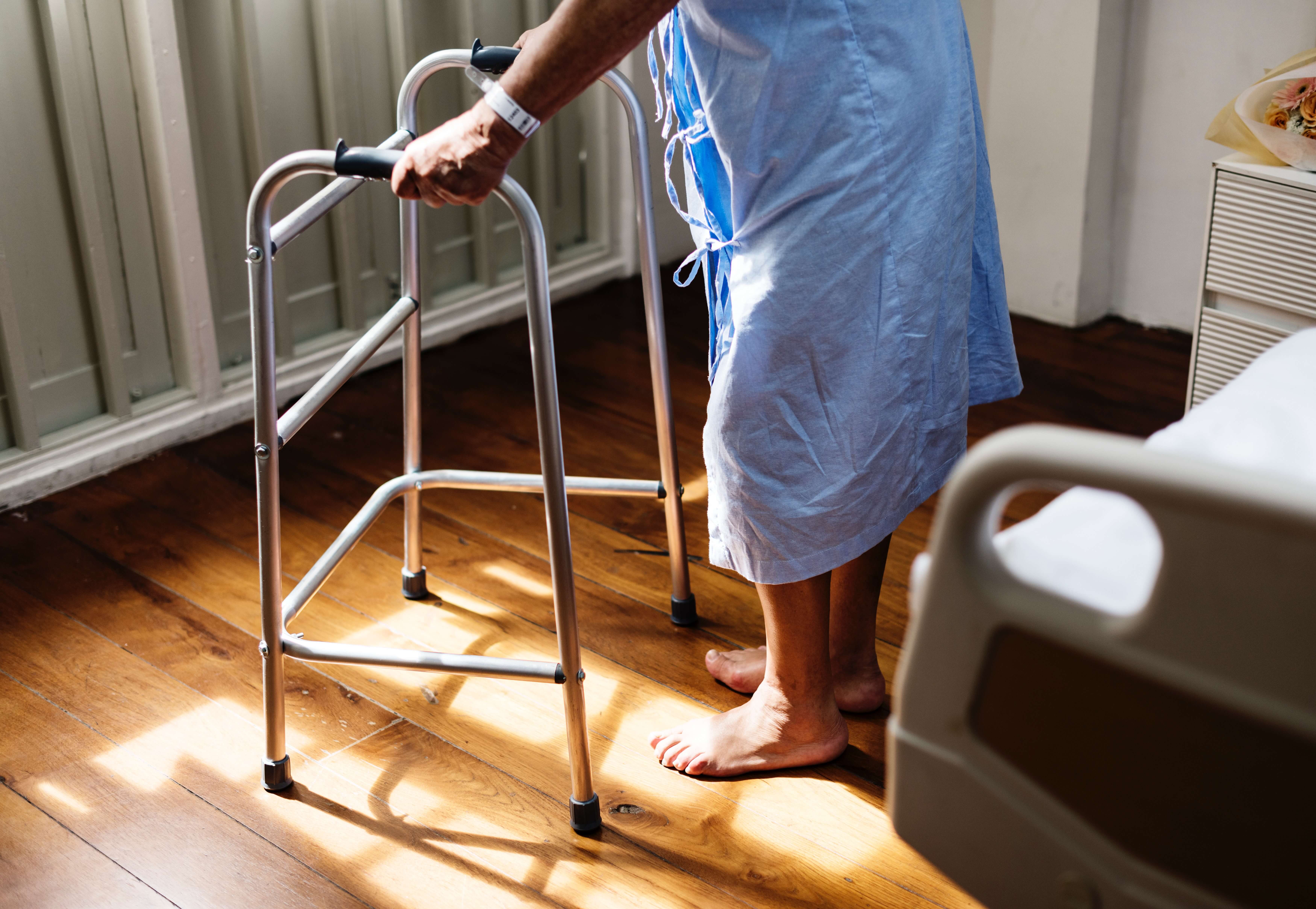Elder Abuse Detection and Prevention
In concurrence with World Elder Abuse Day that we just recently observed on Friday, June 15th, this week’s blog post will touch on elder abuse detection and prevention.
The International Network for the Prevention of Elder Abuse launched the first World Elder Abuse Awareness Day in 2006 in an effort to increase awareness of these threats to senior citizens and to help people identify and prevent cases of elder abuse. In 2011, the United Nations officially designated June 15 for this vital public awareness event.
While there is no universal definition of elder abuse and many states have different laws regarding the matter, according to the judicial system’s Center for Elders and the Courts elder abuse is generally defined to include abuse (physical, sexual, or emotional), financial exploitation, neglect, abandonment, and self-neglect. According to the Administration for Community Living, about five million seniors suffer from some form of abuse each year, and older Americans lose more than $2.6 billion annually because of these crimes. Perpetrators are most likely to be the adult children or spouses of the elder, often more likely to be male, to have history of past or current substance abuse, to have mental or physical health problems, to have history of trouble with the police, to be socially isolated, to be unemployed or have financial problems, or to be experiencing major stress.
Since the passing of the comprehensive Elder Justice Act of 2009, efforts to prevent elder abuse have become more coordinated at the federal level. Additional research, worker training for adult protective services (APS), and elder abuse forensic studies has provided crucial help for a problem that is likely growing as more baby boomers reach retirement age. Despite the accessibility of Adult Protective Services in all 50 states, as well as mandatory reporting laws for elder abuse in most states, an overwhelming number of cases of abuse, exploitation and neglect go undetected and untreated each year, according to the NCEA. We cannot know for certain how many elders suffer from abuse or neglect, unfortunately. The common signs can often go ignored or just missed entirely due to a lack of awareness or even inadequate training on how to spot abuse and neglect. The elder themselves may even be apprehensive to report mistreatment out of fear of retaliation or even because a lack of physical or mental cognitive ability.
If you suspect elder abuse, call 911 for an emergency. In a non-emergency situation, use the Eldercare Locator by calling 800-677-1116 to find your local reporting agency or contact your long-term care ombudsman. Each state has an ombudsman program, which resolves complaints and advocates on behalf of residents rights and quality of care in LTC facilities. Also be sure to document the signs. They can help you prove your suspicions and get the case handled quickly. This could include:
- Taking note of his or her changes in behavior
- Taking photographs of injuries
- Writing descriptions of the victim’s injuries
- Written statements from the victim
- Written statements from any witnesses
If you suspect financial abuse towards an elder, the Office of the Inspector General of the Social Security Administration is an entity that you can file a report with. The OIG investigates a variety of situations that may be considered fraud.
To learn more about how the OIG detects and prevents cases of suspected elder abuse and how people can identify and report suspected elder abuse, as well as how people can protect themselves or seniors they know from mistreatment, we welcome you to watch the full recap of the recent Facebook live Q&A hosted by Jennifer Walker, Deputy Assistant Inspector General for Investigations at the OIG, via the following link: https://www.facebook.com/socialsecurity/videos/10156690034970288/
You can also learn more about elder abuse research, practice, policy, and education by visiting the website of the National Center on Elder Abuse as well as the Justice Department’s website dedicated to elder abuse.
More links on elder abuse:
https://www.nia.nih.gov/health/elder-abuse
https://www.helpguide.org/articles/abuse/elder-abuse-and-neglect.htm
https://medlineplus.gov/elderabuse.html
http://www.aginginplace.org/guide-to-recognizing-elder-abuse/
http://www.apa.org/pi/aging/resources/guides/elder-abuse.aspx
https://www.ncoa.org/public-policy-action/elder-justice/
